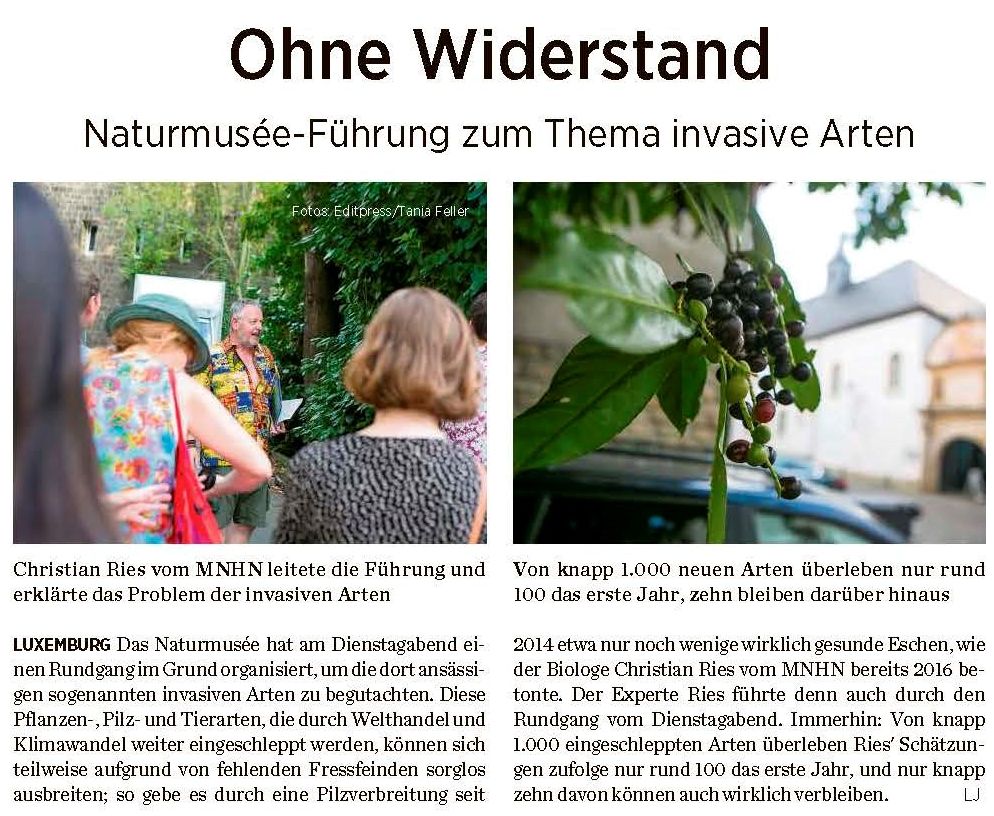In July 2018 a group of countries launched a European CO-operation in Science and Technology (COST) Action to address multidisciplinary research questions in relation to developing and implementing Citizen Science (CS), advancing scientific understanding of Alien Species (AS) dynamics while informing decision-making, specifically implementation of technical requirements of relevant legislation such as the EU Regulation 1143/2014 on IAS. It will also support the EU biodiversity goals of embedding science within society. The Action will explore and document approaches to establishing a European-wide CS AS network.
All details in the following publication:
Roy H, Groom Q, Adriaens T, Agnello G, Antic M, Archambeau A, Bacher S, Bonn A, Brown P, Brundu G, López B, Cleary M, Cogălniceanu D, de Groot M, De Sousa T, Deidun A, Essl F, Fišer Pečnikar Ž, Gazda A, Gervasini E, Glavendekic M, Gigot G, Jelaska S, Jeschke J, Kaminski D, Karachle P, Komives T, Lapin K, Lucy F, Marchante E, Marisavljevic D, Marja R, Martín Torrijos L, Martinou A, Matosevic D, Mifsud C, Motiejūnaitė J, Ojaveer H, Pasalic N, Pekárik L, Per E, Pergl J, Pesic V, Pocock M, Reino L, Ries C, Rozylowicz L, Schade S, Sigurdsson S, Steinitz O, Stern N, Teofilovski A, Thorsson J, Tomov R, Tricarico E, Trichkova T, Tsiamis K, van Valkenburg J, Vella N, Verbrugge L, Vétek G, Villaverde C, Witzell J, Zenetos A, Cardoso A (2018) Increasing understanding of alien species through citizen science (Alien-CSI). Research Ideas and Outcomes 4: e31412. https://doi.org/10.3897/rio.4.e31412
Page content last updated on 2019-11-11. Last proofread by Caroline Grounds on 2019-11-11.









